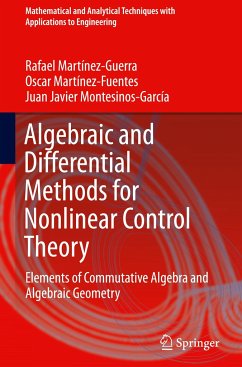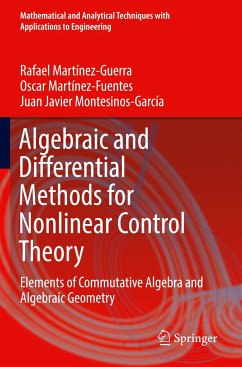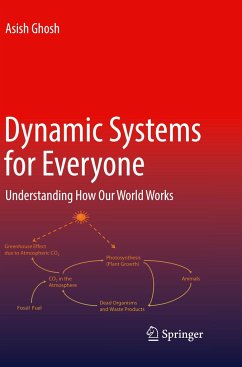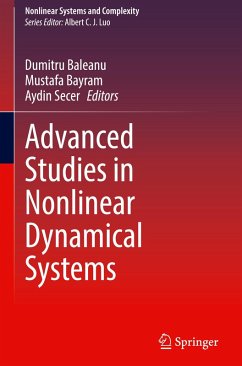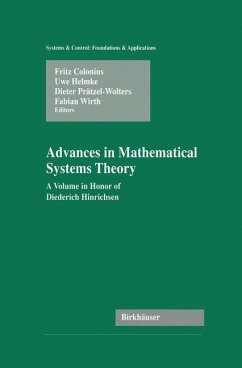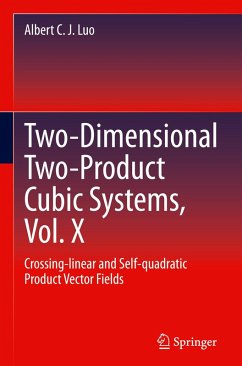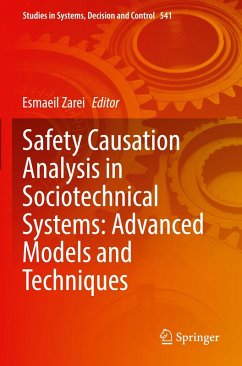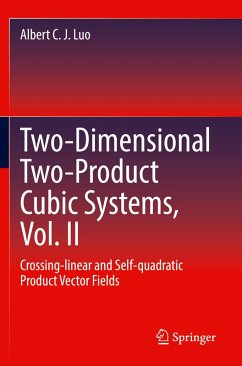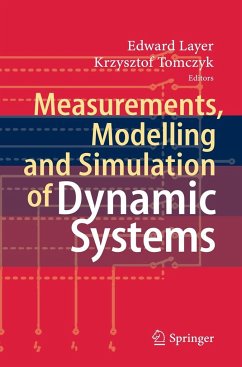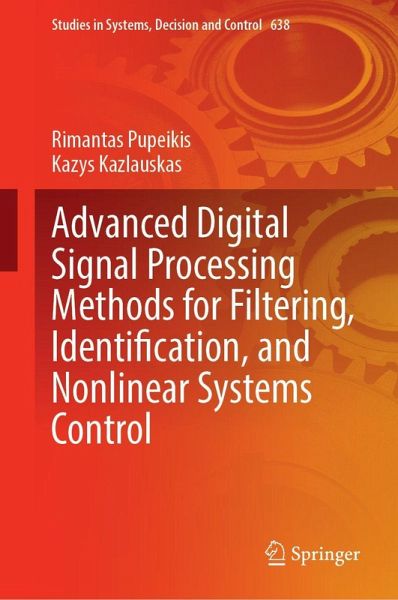
Advanced Digital Signal Processing Methods for Filtering, Identification, and Nonlinear Systems Control
Versandkostenfrei!
Versandfertig in 6-10 Tagen
106,99 €
inkl. MwSt.

PAYBACK Punkte
53 °P sammeln!
This book presents a general approach to block and recursive filtering, identification, and control, using signal observations processing techniques, and among others provides to the reader these results:The new version of least square algorithm that is speeded up without changing its adaptive characteristics, increasing the parallelism in algorithm.The efficient lower triangular inverse matrix and the input signal covariance matrix computation method.The original bias correction approach that is used to eliminate the parameter estimation bias of an iterative autoregressive system parameter es...
This book presents a general approach to block and recursive filtering, identification, and control, using signal observations processing techniques, and among others provides to the reader these results:
The new version of least square algorithm that is speeded up without changing its adaptive characteristics, increasing the parallelism in algorithm.
The efficient lower triangular inverse matrix and the input signal covariance matrix computation method.
The original bias correction approach that is used to eliminate the parameter estimation bias of an iterative autoregressive system parameter estimation algorithm in the presence of additive white noise.
The discovery that nonlinear Volterra, polynomial autoregressive and bilinear systems have the same layered implementation routine, which allows us using the layered structure, the order of nonlinearity increased/decreased by adding/deleting more layers to/from the structure.
The proven statement that the modular layered structures admit the very large scale integration implementation of the polynomial nonlinear filters.
The book is aimed at three major groups of readers: senior undergraduate students, graduate students, and scientific research workers in electrical engineering, computer engineering, computer science, and digital control.
The new version of least square algorithm that is speeded up without changing its adaptive characteristics, increasing the parallelism in algorithm.
The efficient lower triangular inverse matrix and the input signal covariance matrix computation method.
The original bias correction approach that is used to eliminate the parameter estimation bias of an iterative autoregressive system parameter estimation algorithm in the presence of additive white noise.
The discovery that nonlinear Volterra, polynomial autoregressive and bilinear systems have the same layered implementation routine, which allows us using the layered structure, the order of nonlinearity increased/decreased by adding/deleting more layers to/from the structure.
The proven statement that the modular layered structures admit the very large scale integration implementation of the polynomial nonlinear filters.
The book is aimed at three major groups of readers: senior undergraduate students, graduate students, and scientific research workers in electrical engineering, computer engineering, computer science, and digital control.



